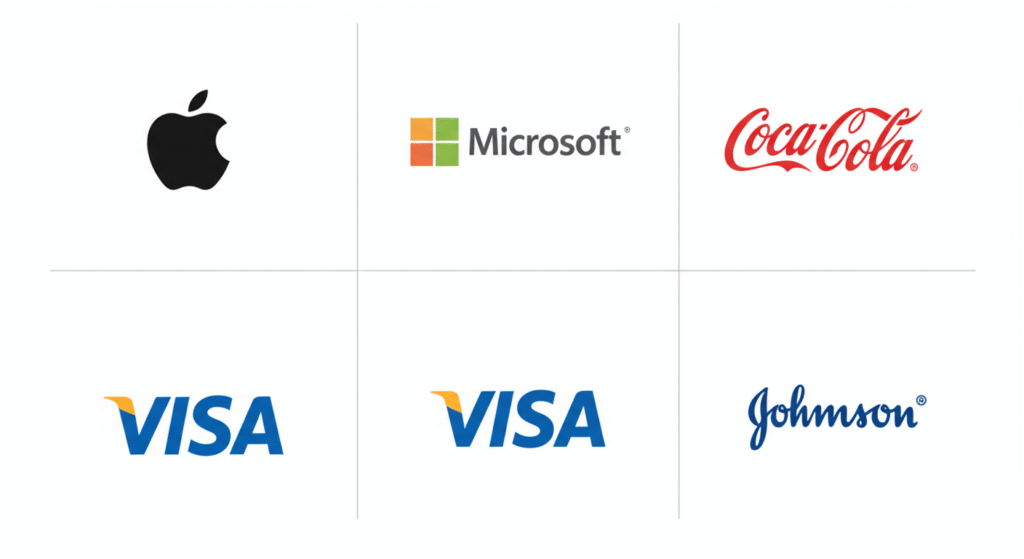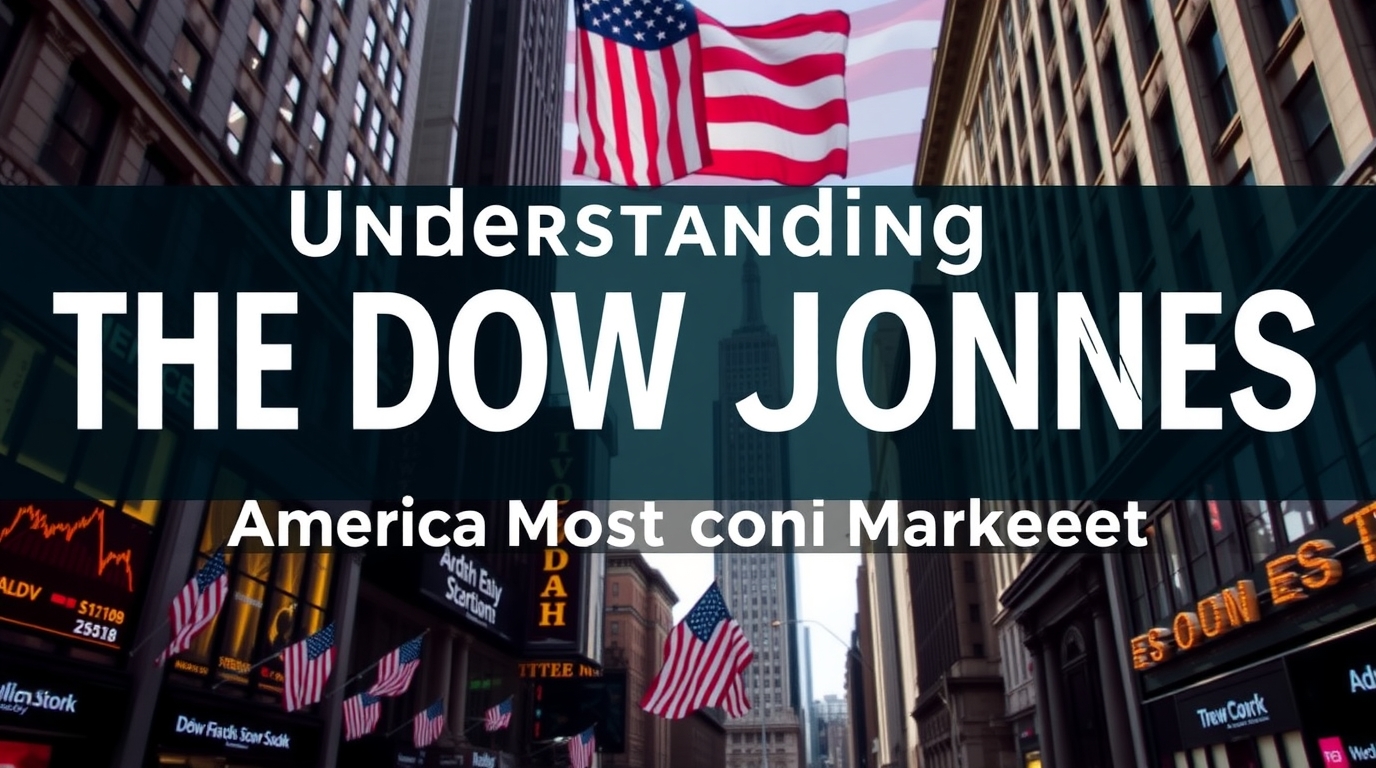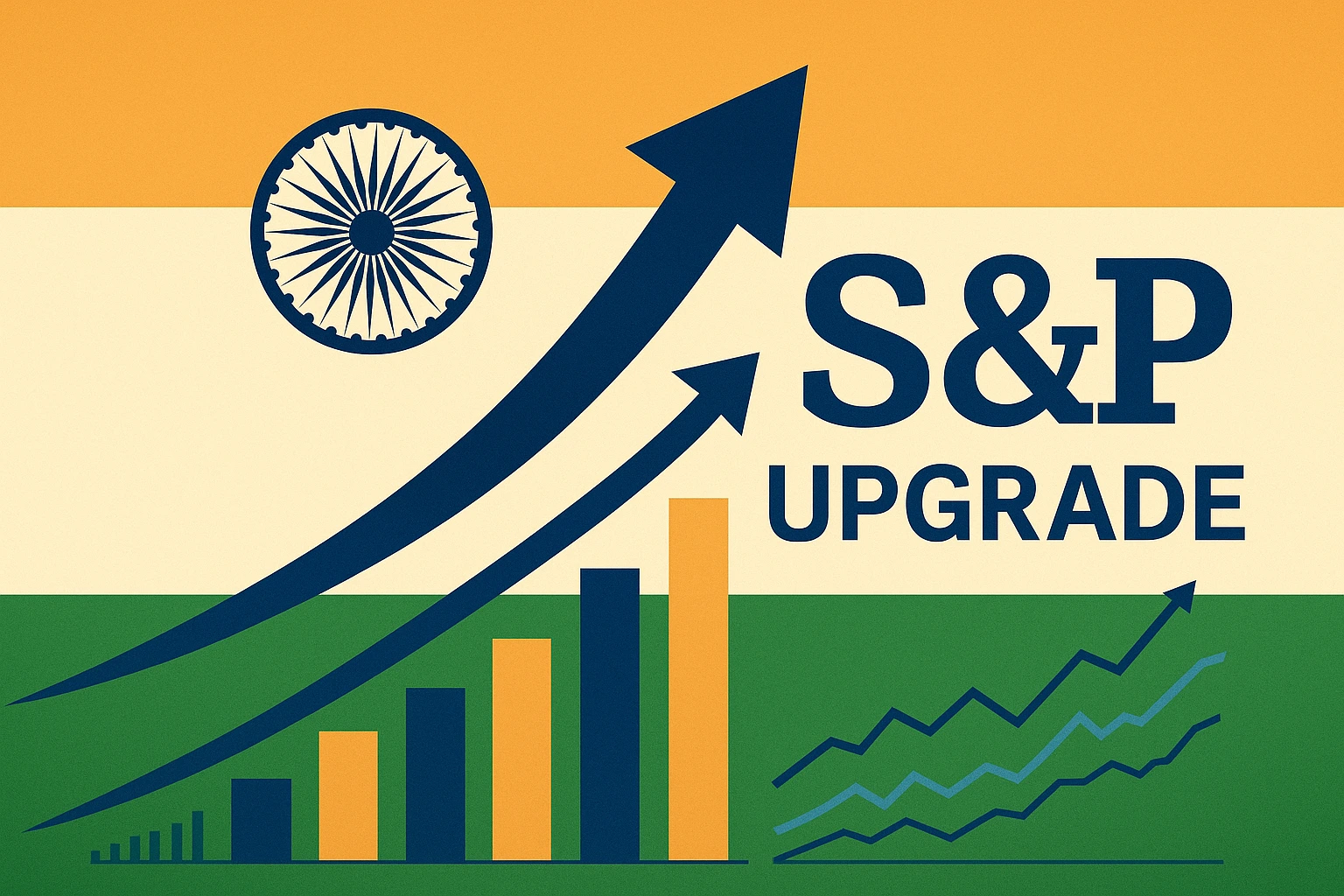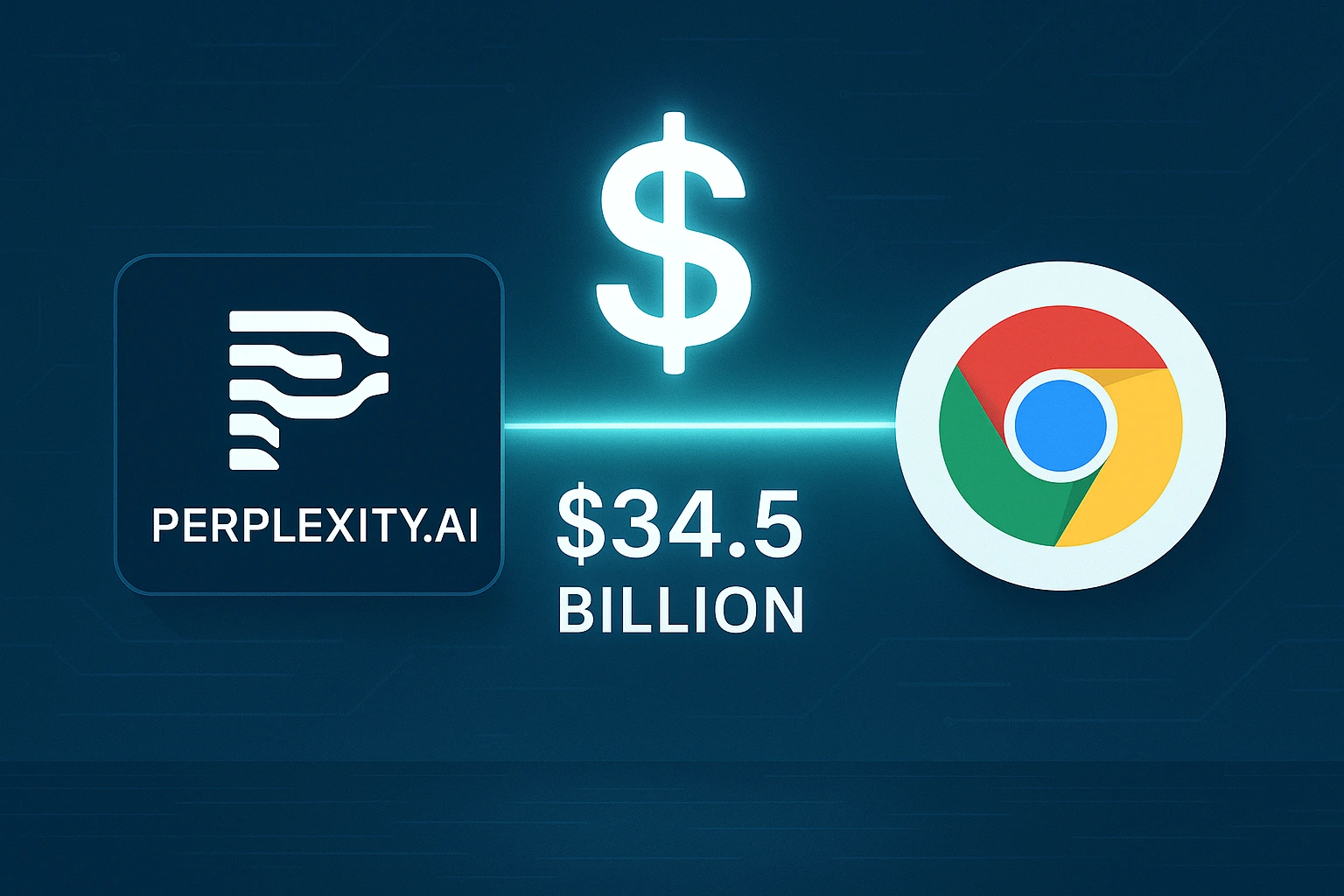Table of Contents
Whether you’re just getting into investing or you’ve been following the markets for years, you’ve probably heard of the Dow Jones Industrial Average, often simply called “the Dow.” It’s one of the most talked-about financial indices in the world — and for good reason. The Dow gives us a snapshot of how major U.S. companies are performing and serves as a reflection of the broader economy.
In this article, we’ll take you through the history, structure, and importance of the Dow Jones. You’ll also learn how it’s calculated, what companies it includes, and how you can start investing in it. Let’s dive in.

🕰️ A Quick Look Back: The History of the Dow Jones
The Dow Jones Industrial Average dates all the way back to May 26, 1896. It was created by financial journalist Charles Dow and his business partner Edward Jones, who founded Dow Jones & Company. Initially, the index included just 12 companies, most of which were part of America’s booming industrial sector — think railroads, steel, and oil.
In 1928, the Dow expanded to include 30 companies, which remains the standard today. As the U.S. economy evolved from manufacturing to tech and services, so did the Dow. Companies like Apple and Microsoft have now taken the place of old-school industrial giants.
Over its long life, the Dow has survived the Great Depression, World Wars, the dot-com crash, and the 2008 financial crisis. Through it all, it has remained a trusted barometer of market strength and investor sentiment.

🔢 How the Dow Is Calculated: Not Your Average Index
Unlike other indices that are market-cap weighted (like the S&P 500), the Dow is price-weighted. This means that companies with higher share prices have a bigger influence on the index’s movement — regardless of the company’s actual size.
To calculate the index:
- The stock prices of all 30 companies are added together.
- The total is then divided by a special number called the Dow Divisor (which adjusts for stock splits, dividends, and other market changes).
This system keeps the Dow relatively stable over time, though it also introduces certain quirks — like giving more weight to high-priced stocks rather than the largest companies.

🏢 Who’s in the Dow? A Look at the 30 Power Players
The Dow is made up of 30 of the most influential, large-cap companies in the United States. These companies span across multiple sectors including:
- Technology: Apple, Microsoft
- Healthcare: Johnson & Johnson, UnitedHealth Group
- Financials: Goldman Sachs, Visa
- Consumer Goods: Coca-Cola, Procter & Gamble
These companies are selected based on their reputation, performance, and industry influence. However, the Dow excludes certain industries like utilities and transportation, which are tracked in separate indices (like the Dow Jones Transportation Average).
📉 What Moves the Dow? 5 Key Influences
The Dow’s value fluctuates every trading day, and those changes are driven by multiple economic and market factors. Here are five key elements that influence the index:
1. Economic Indicators
Data like GDP growth, inflation, unemployment, and retail sales can all sway investor confidence — and therefore impact the Dow.
2. Corporate Earnings
Strong quarterly results from companies in the index can push the Dow up. Weak earnings? The opposite happens.
3. Government & Politics
Trade policies, tax laws, elections, and global tensions (like war or sanctions) can create market uncertainty and affect the Dow.
4. Global Economic Events
Oil price spikes, pandemics, or economic turmoil in other major nations can ripple through global markets and move the Dow.
5. Federal Reserve & Interest Rates
Decisions on interest rates made by the U.S. Federal Reserve can directly impact investor behavior, particularly in the short term.

📊 Is the Dow a Reliable Market Indicator?
The Dow Jones is widely seen as a snapshot of the U.S. economy — but it’s not without flaws.
👍 Pros of the DJIA:
- Long history makes it a strong tool for analyzing long-term market trends.
- Cross-industry representation gives a decent overview of economic performance.
👎 Limitations:
- Only 30 companies — which doesn’t cover the entire market.
- Price-weighted system gives outsized influence to expensive stocks, not necessarily the biggest ones.
That said, the Dow remains one of the most respected and referenced indicators in financial media, news, and analysis.
💼 How to Invest in the Dow Jones Industrial Average
You don’t need to be a Wall Street pro to invest in the Dow. Here are four simple ways to do it:
1. ETFs (Exchange-Traded Funds)
Look for ETFs like the SPDR Dow Jones Industrial Average ETF (DIA). These funds mirror the Dow’s performance and are easy to buy through most brokerage accounts.
2. Index Funds
Mutual funds that track the DJIA are another beginner-friendly option. They’re great for long-term investing with low fees.
3. Buy Individual Stocks
If you have experience, you can directly invest in one or more of the Dow’s 30 companies — though this comes with higher risk and requires more research.
4. Futures and Options
Advanced investors can trade Dow-based futures or options to hedge or speculate. These tools can be powerful but are riskier and require a deep understanding of the market.

🧠 Why the Dow Still Matters Today
Even in an age of AI trading, crypto, and fast-moving markets, the Dow Jones still holds serious weight. It helps us:
- Gauge investor sentiment
- Track long-term economic patterns
- Understand how leading U.S. companies are performing
If you’re new to investing or just want a clearer view of the market, keeping an eye on the Dow is a smart habit. It’s more than just a number — it’s a reflection of America’s economic pulse.
📌 Final Thoughts
The Dow Jones Industrial Average may be over a century old, but its relevance is stronger than ever. Whether you’re using it to track market momentum or as a way to grow your portfolio, understanding the Dow is essential for any serious investor.
Ready to start investing or want to explore more? Keep learning, stay curious — and let the Dow guide your journey through the world of finance.
FAQ
1. What is the Dow Jones Industrial Average (DJIA)?
The Dow Jones Industrial Average (DJIA) is one of the oldest and most widely recognized stock market indexes. It is a price-weighted average consisting of 30 large, publicly owned companies trading on the New York Stock Exchange (NYSE) and the Nasdaq. The DJIA provides a quick snapshot of the overall health and performance of the U.S. economy.
2. Why is the DJIA important?
The DJIA is a key indicator of broad market trends, reflecting the performance of major U.S. companies. Analysts and investors often use changes in the DJIA to gauge economic stability, identify market movements, and make informed investment decisions.
3. How is the DJIA calculated?
The DJIA is price-weighted, meaning companies with higher stock prices have a greater impact on the index’s movements. The total value of the 30 companies’ stock prices is divided by a factor known as the “Dow divisor,” which is adjusted for stock splits, dividends, or structural changes to ensure consistency.
4. What companies are included in the DJIA?
The DJIA includes 30 large-cap companies from diverse sectors such as technology, healthcare, finance, and consumer goods. These companies are selected based on their reputation, significance in their respective markets, and their ability to represent the U.S. economy. The list of companies can change over time as the economy evolves.
5. How does the DJIA compare to other stock indexes?
The DJIA is unique as a price-weighted index compared to the S&P 500 or Nasdaq, which are market-cap-weighted. While the DJIA tracks just 30 stocks, the S&P 500 monitors 500 large-cap companies, offering broader market coverage. Investors often use multiple indexes for a comprehensive understanding of market performance.
6. Where can I access real-time DJIA data?
You can access real-time DJIA data and historical performance metrics through leading financial platforms like Bloomberg, Yahoo Finance, or subscription-based services targeting investment professionals. Ensure to choose platforms offering accurate, up-to-date data for your financial analysis.
7. How do changes in the DJIA affect individual investors?
Fluctuations in the DJIA can influence market sentiment, although individual investors should not base decisions solely on the index. Instead, leverage the DJIA as an economic benchmark and pair it with deeper analysis of specific industries, sectors, and companies.







